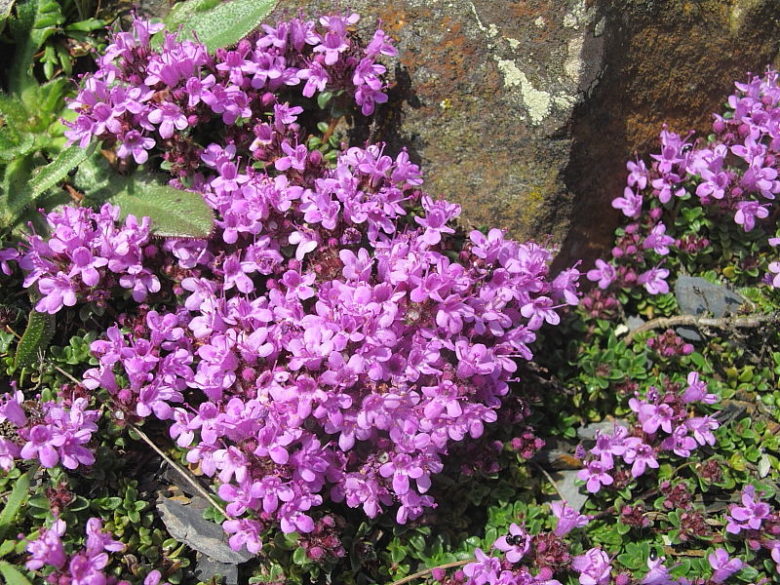Stinging Nettle Home Remedies-Stinging Nettle Health Benefits
STINGING NETTLE STINGING NETTLE USED FOR ALLERGY Anti-inflammatory properties: Stinging nettle contains several bioactive compounds,…

The Modern medicine is not providing perfect solution for certain diseases and the physicians who are unable to provide perfect solution request the patients to look out for alternative medicines. These patients often get best solution when they consume ayurvedic or homeopathic medicine. The reason behind the success is that these medicines are prepared with the extracts of leaves, flowers and other parts of the plants.
This topic will deal with the flowering plant named Wild Thyme which comes in the mint family Limiaceae. The botanical name of this plant is Thymus serpyllum. The other common names of this plant are breckland thyme, and creeping thyme. Wild thyme is native to most parts of Europe and North Africa.
This sub-shrub reaches a height of 2 cm and the oval green leaves are 3-8 mm long. The creeping stems are 8mm long and flowers are either lilac, pink-purple, magenta, or a rare white, all 4–6 mm long and produced in clusters.
This plant tolerates pedestrian traffic and emits an aromatic fragrance of lemon. Wild thyme has woody stems and a taproot. It forms matlike plants that root from the nodes of the squarish, limp stems. The leaves are in opposite pairs, nearly stalk less, with linear elliptic round-tipped blades and untoothed margins.
The plant sends up erect flowering shoots in summer. The usually pink or mauve flowers have a tube-like calyx and an irregular straight-tubed, hairy corolla. The upper petal is notched and the lower one is larger than the two lateral petals and has three flattened lobes which form a lip. Each flower has four projecting stamens and two fused carpels. The fruit is a dry, four-chambered schizocarp. It grows in sandy soiled heaths, rocky surfaces, hills, roadsides, riversides and banks. The flowers attract bees and common blue butterfly.